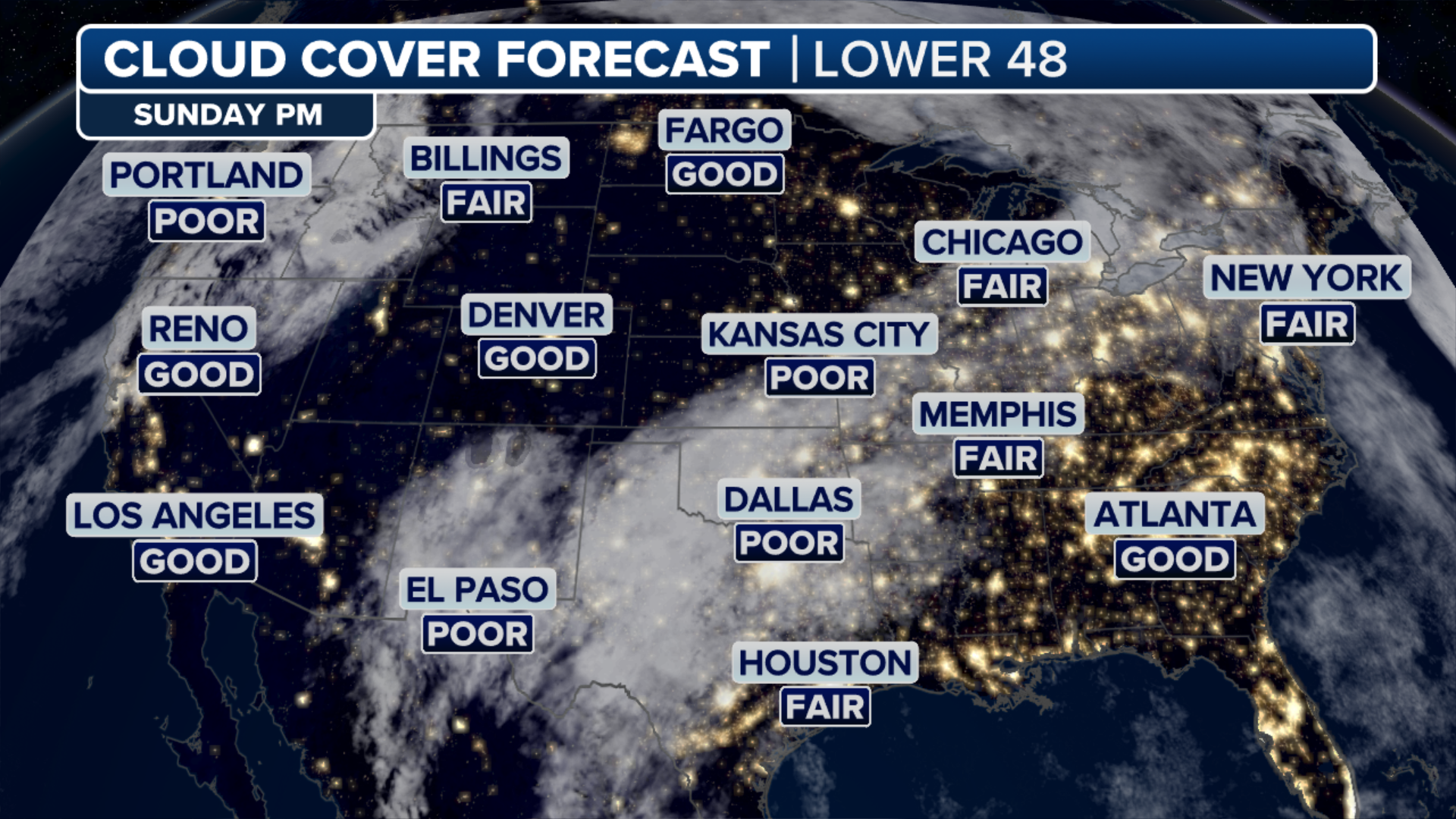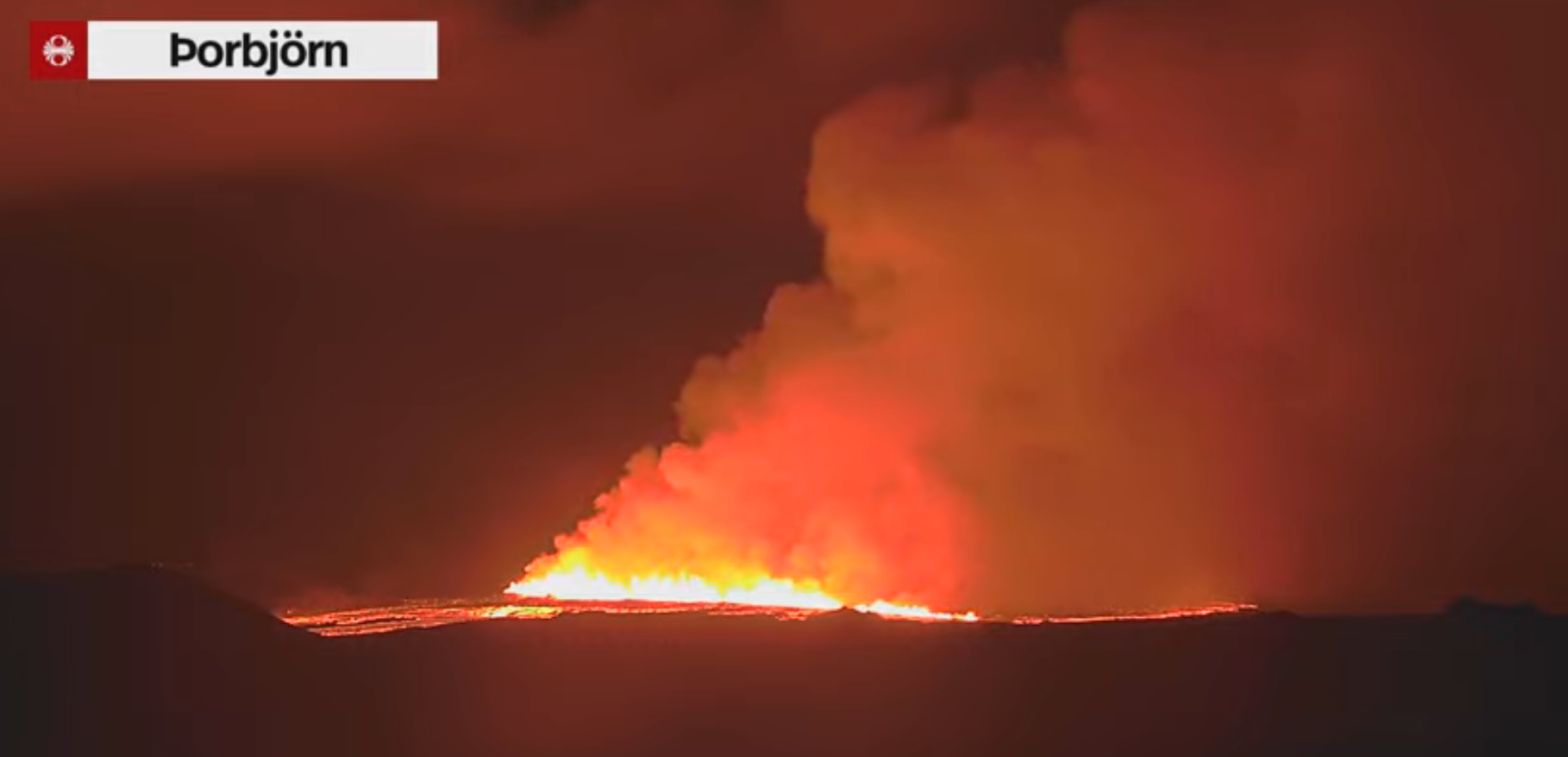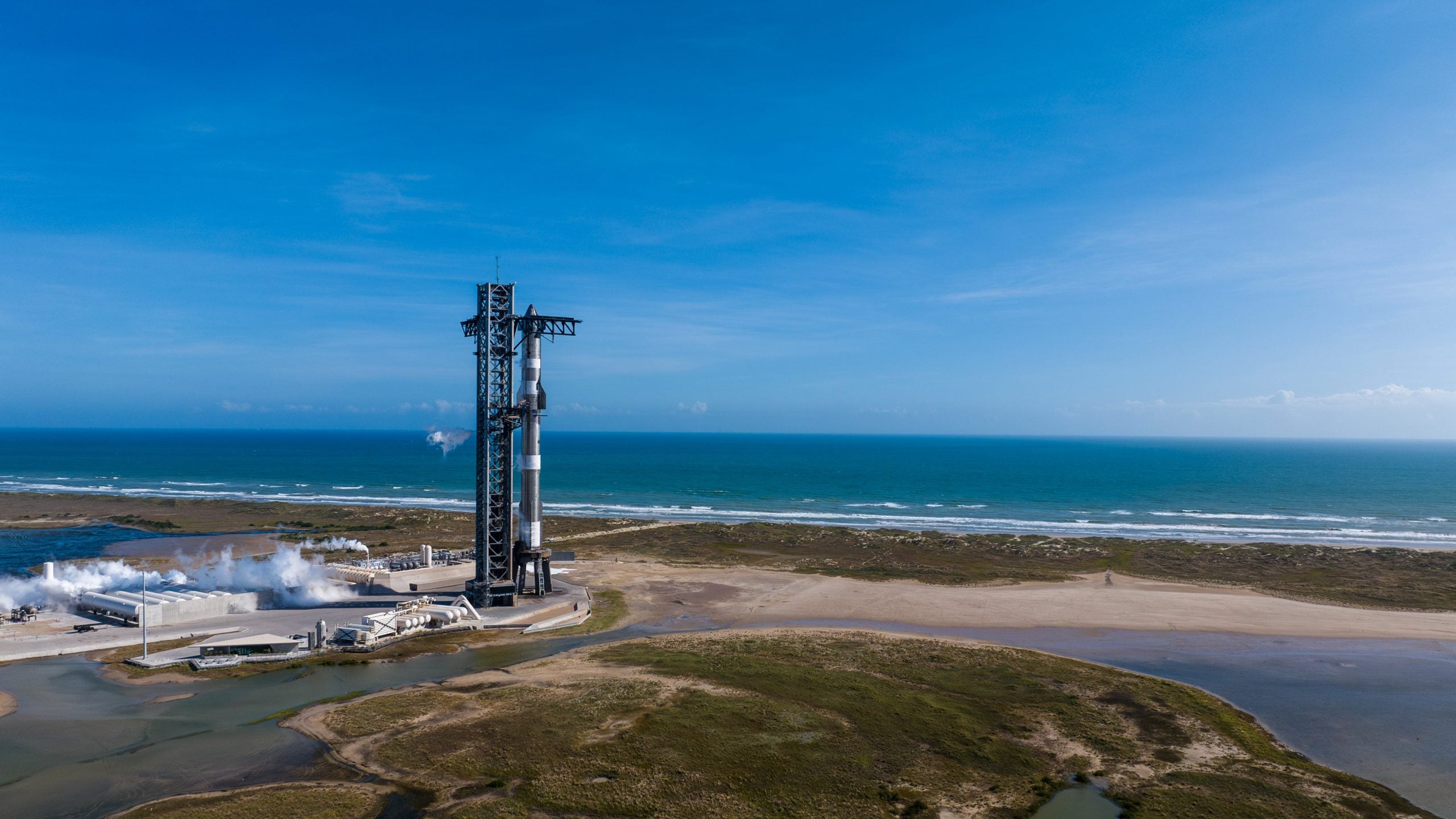The reliable Leonid meteor shower peaks on Sunday night, offering a chance to see up to dozens of meteors per hour shooting across the night sky — if the weather doesn’t get in the way. The Leonids meteor shower began on Nov. 3, and peak activity happens overnight on Sunday, Nov. 17 into Monday, Nov. 18. Leonids come from the Comet Tempel-Tuttle. As Earth passes through the comet debris trail every year, bits of the comet pass through Earth’s atmosphere, and we get the Leonid Meteor Shower, which produces some of the fastest meteors, moving at about 44 miles per second, according to NASA. Every 33 years, when Comet Tempel-Tuttle completes one orbit of the Sun, the Leonids can produce a wild sight known as a meteor storm. According to NASA, the 1966 Leonid meteor storm produced thousands of meteors per minute during 15 minutes.Skygazers will have to wait a while for another show like that. The last Leonid meteor storm happened in 2002.Astronomers say the Leonid meteor shower is best viewed at about midnight. Step outside and allow your eyes to adjust to the darkness for about 15 minutes. If you can lay back, this will enable you to see as much of the sky as possible and improve your chances of spotting a meteor. To see the longest meteors, look away from the meteor shower’s radiant. In this case, the radiant of the Leonids is the constellation Leo. A cloudless and smokeless sky is the No. 1 weather requirement for viewing any meteor shower. Unfortunately, clouds and wildfire smoke could block the view on Sunday night for some. Late Sunday and into Monday, the Southern Plains face potentially severe weather, dampening any sky-gazing efforts there. The severe weather is part of a storm system expected to exit to the north and bring cloud cover across the Central U.S. on Sunday night. Wildfires in the Northeast are still a problem amid ongoing fire weather conditions fueling flames. According to the FOX Forecast Center, the Southeast, Mid-Atlantic, parts of the Southwest and Northern Plains will have good viewing conditions with minimal cloud cover. If the weather is not in your favor for the Leonids, don’t worry because the Geminid meteor shower begins on Tuesday, with peak activity in December.
/
November 17, 2024
Leonids meteor shower peak: View skygazing conditions for your area







